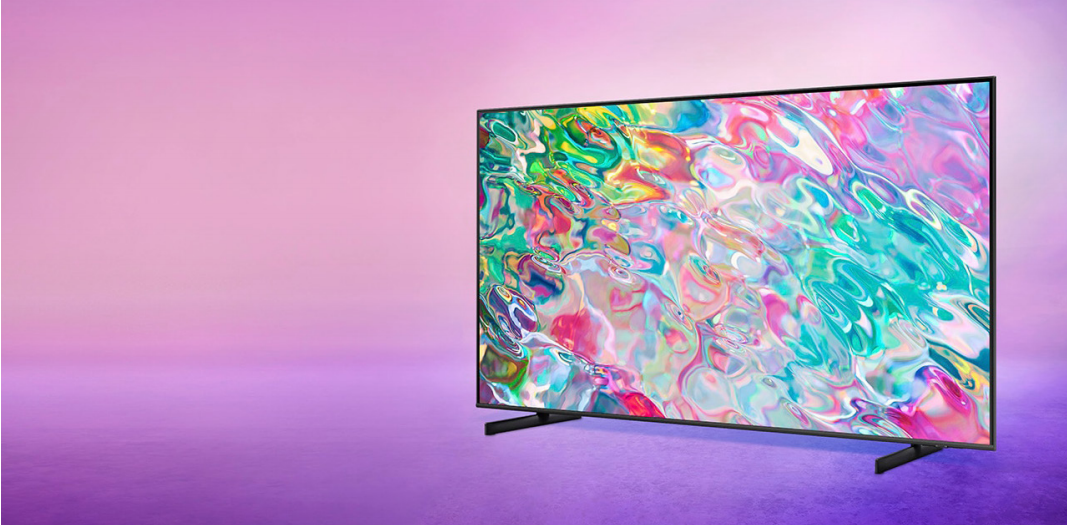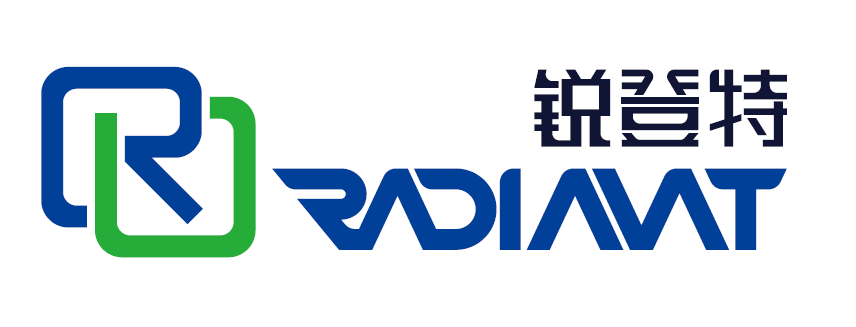In recent years, with the vigorous development of 5G, artificial intelligence, and the Internet of Things, the entire new display industry has also radiated new vitality and ushered in breakthrough innovations one after another. From CRT to LCD, to OLED, to the popular Mini-LED and led wall, innovation never stops. In 2022, Mini LED will also become a key development application direction such as in-vehicle and VR/AR.
The Mini-LED market has officially started, and the commercialization of TV and IT applications is expected to accelerate penetration. According to Arizton's forecast, the global Mini-LED market size is expected to increase from US$150 million to US$2.32 billion in 2021-2024, with a year-on-year growth rate of more than 140%. However, some analysts believe that this data significantly underestimates the growth elasticity of the market. With the introduction of Mini-LED backlight by mainstream brands such as Samsung and Apple, it has led the innovation boom in the terminal market. According to TrendForce's forecast, TV and tablet are the first terminals to start commercialization; smartphones, cars, VR, etc. are expected to start the first year of commercialization in 2022-2023.

Apple released the world's first tablet product iPad Pro with Mini-LED backlight. Apple's first Mini-LED backlight has landed, and the 12.9-inch iPad pricing strategy is expected to drive higher sales. Apple's new 12.9-inch iPad Pro is equipped with 1w Mini-LED backlight, with 2596 partitions and a contrast ratio of 1 million:1. Mini-LED has dynamic local dimming capability to enhance the real vividness of the picture. The LiquidRetinaXDR screen of the new 12.9-inch iPad Pro uses Mini-LED technology.
More than 10,000 Mini-LEDs are divided into more than 2,500 local dimming zones. Therefore, it can precisely adjust the brightness of each dimming zone with an algorithm according to different screen display contents. Achieving 1,000,000:1 contrast ratio, it can fully display rich details and HDR content. The iPad Pro display has the advantages of high contrast, high brightness, wide color gamut, and original color display. Mini-LED gives the LiquidRetinaXDR screen the ultimate dynamic range, a contrast ratio of up to 1,000,000:1, and the sense of detail is greatly improved.
The screen brightness of this iPad is very eye-catching, with a full-screen brightness of 1000 nits and a peak brightness of up to 1600 nits. It is equipped with advanced display technologies such as P3 wide color gamut, original color display and ProMotion adaptive refresh rate. Apple leads the new trend and accelerates the introduction of Mini-LED in laptop and tablet terminals. According to Digitime, Apple will further release Mini-LED related products in the future. Before Apple's spring conference, the only products related to Mini-LED laptop tablets were MSI, while ASUS released Mini-LED laptops in 2020. Apple's great influence in terminal products is expected to play a demonstration effect and accelerate the adoption of Mini-LED in notebook and tablet products. At the same time, Apple has strict requirements on the supply chain, and Apple's adoption of Mini-LED technology is expected to foster strict technical requirements and mature processes for supply chain companies, and accelerate the development of the Mini-LED industry.
AVCRevo predicts that the global shipment of Mini-LED TVs will reach 4 million units in 2021, and Mini-LED TVs will usher in a period of rapid growth in the next five years. According to statistics from Sigmaintell, the global Mini-LED TV shipment scale is expected to reach 1.8 million units in 2021, and it is estimated that by 2025, the Mini-LED TV product market scale will be close to 9 million units. According to Omdia, by 2025, the global Mini-LED TV shipments will reach 25 million units, accounting for 10% of the entire TV market.
Regardless of which caliber of statistical data is based, it is an indisputable fact that the market size of Mini-LED TVs has accelerated in recent years. The relevant person in charge of TCL believes that the rapid development of the Mini-LED TV market is closely related to its own technical advantages.
Compared with traditional LCD TVs, Mini-LED TVs have many advantages such as high contrast ratio, high brightness, wide color gamut, wide vision and ultra-thinness. Compared with OLED TVs, Mini-LED TVs have the characteristics of higher color gamut, stronger brightness, and more prominent resolution.
Mini-LED backlight technology can effectively improve the shortcomings of LCD display in terms of contrast ratio and energy consumption. At the same time, backed by the world's most mature and large-scale liquid crystal display industry chain, Mini-LED backlight technology is expected to be widely used in the consumer market in the future. In addition to the outstanding display effects and cost advantages, the accelerated development of the Mini-LED TV market is closely related to the vigorous promotion of mainstream color TV brands. This can be seen from the new product releases of Mini-LED TVs of major brands in 2021 and 2022.
We have also seen that the increase in the penetration rate of smart cars has helped the Mini-LED display to increase in volume. With the gradual increase in the coverage of intelligent connected vehicles, the vehicle display market has grown considerably. Mini-LED technology can meet the needs of automobile manufacturers for high contrast, high brightness, durability and adaptability to curved surfaces, and can well adapt to the complex lighting environment in the car, and has broad prospects for future development.
Post time: Oct-06-2022

